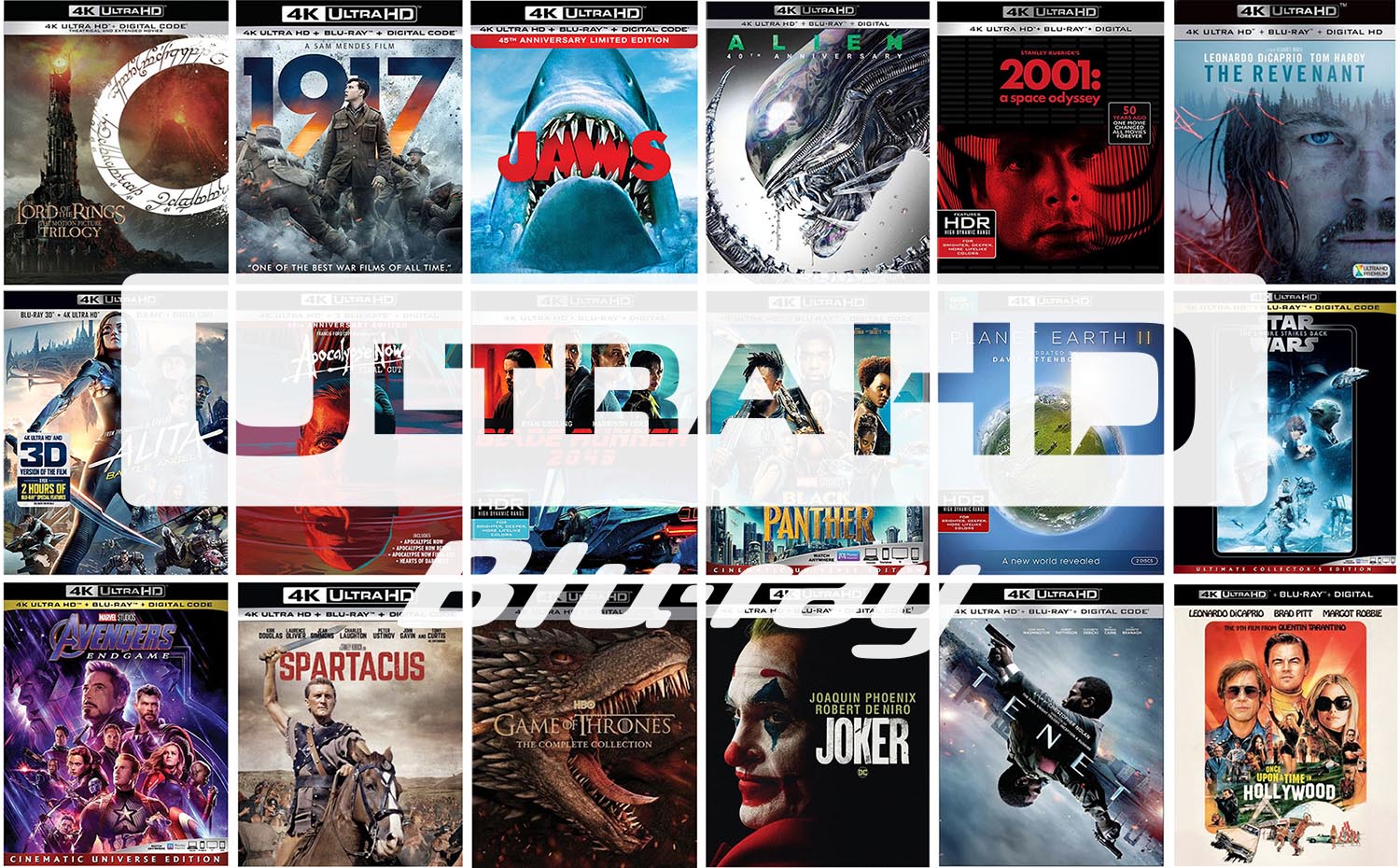 This week marks the fifth anniversary of the first batch of 4k Blu-ray Discs available in the US. Among the five titles released on Feb. 23, 2016 from Sony Pictures Home Entertainment were Hancock, Pineapple Express, Salt, The Amazing Spider-Man 2, and The Smurfs 2. A week later on March 1, 2016 almost twenty new 4k Blu-ray titles arrived from a combination of FOX, Lionsgate, and Warner Home Video. It was the dawn of a new home entertainment experience, promising improved resolution, color, and sound. But was it?
This week marks the fifth anniversary of the first batch of 4k Blu-ray Discs available in the US. Among the five titles released on Feb. 23, 2016 from Sony Pictures Home Entertainment were Hancock, Pineapple Express, Salt, The Amazing Spider-Man 2, and The Smurfs 2. A week later on March 1, 2016 almost twenty new 4k Blu-ray titles arrived from a combination of FOX, Lionsgate, and Warner Home Video. It was the dawn of a new home entertainment experience, promising improved resolution, color, and sound. But was it?
At the time 4k televisions and 4k Blu-ray were rolling out many advocates of the technology acknowledged its technical features, praising the huge improvement over Blu-ray which, itself, had only been around for about ten years. 4k quadrupled the pixel capability of 1080p Blu-ray (now sometimes referred to as 2k), and with HDR increased the capacity of color depth from 8-bit to 10-bit. One of the early arguments, however, was that 4k Blu-ray wasn’t as much of a jump in image quality as HD was from SD. And, certainly not as significant as the transition from analog 4.3 TV to digital 16.9 HDTV.
In some ways this is true. Resolution can be relative to how close you are to a screen. There are some Blu-rays that look almost as good as 4k Blu-ray, with just subtle distinctions in the sharpness of details like eyebrows, license plates, and clothing fabric. An example of this is Bong Joon-ho’s Parasite that on 4k Blu-ray is just slightly sharper than Blu-ray. So, sitting back a few feet may result in a net-zero when comparing 4k to good 2k.
The difference between 1080i/720p is more evident though. One example of this can be found in the 4k presentation of Game of Thrones episodes that are impressively sharper on 4k Blu-ray than in HD (as GOT was only broadcast in 1080i/720p, not in 1080p as Blu-rays allow). In addition, cable and satellite TV broadcasts tend to be more compressed than what anyone would want, therefore BDs and even more so UHD BDs provide a much clearer image than what you would find on an “HD” channel.
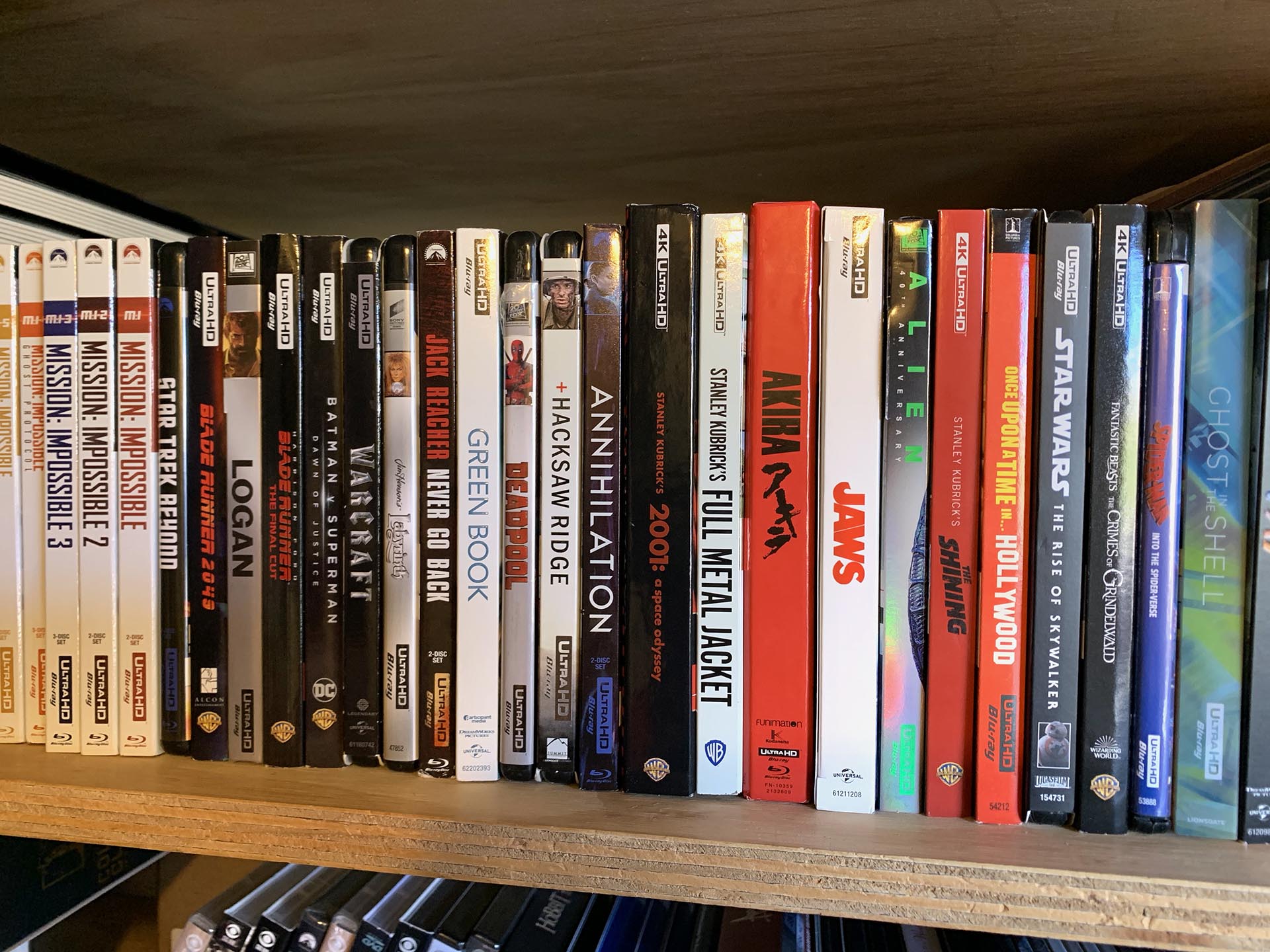

As 4k Blu-ray, 4k streams, and 4k broadcasts emerged what many suggested to be more significant than video resolution is High Dynamic Range (HDR). On disc and streaming, HDR is delivered via Dolby Vision or HDR10/HDR10+, while live 4k broadcasts typically use the HLG specification. With HDR, an Ultra HD Blu-ray Disc can display up to 10-bits of color versus 8-bit on conventional Blu-ray. The expanded color depth allows more contrast from light to dark, more details in shadow areas, and more luminance and saturation of color. Examples of the potential of HDR are displayed in restored films such as 2001: A Space Odyssey and Alien, both of which reveal more detail in shadow areas than previous disc and digital releases.
4k Blu-ray has also brought to light the ability to play Dolby Atmos audio at home, although a number of 2k Blu-rays were already capable of playing the object-based format that piggybacks on Dolby TrueHD 7.1 channel surround sound. The possibility of Atmos at home came to fruition in 2014 with the Blu-ray release of Transformers: Age of Extinction, just a couple of years after being introduced to movie theaters with Disney/Pixar’s Brave (2012). Atmos is a hot ticket right now, but it’s really only realized to its full extent by a well-placed speaker system. Sound bars, although very practical, only pretend to throw sound above and behind the viewer.
Those three technological advances in home media presentation (which, we should mention are also available in streaming formats from services such as Apple TV, Netflix, and Prime Video), have been most successful when used present older films that have been restored and digitally remastered in 4k. It’s less impressive, one might say, to view a Marvel Studios film upscaled from 2k to 4k than it is to watch a Columbia Pictures classic such as Lawrence of Arabia or Universal Pictures’ Jaws restored in both video and audio for Ultra HD Blu-ray.
You’ve probably heard the expression “It’s like seeing the film again for the first time” when talking about restored and remastered films in 4k. This is where 4k Blu-ray is at its best, when studios can take a film like 2001: A Space Odyssey that is over 50 years old and present it in such a high quality that it looks and sounds like a new movie.
Still though, even after five years 4k Blu-ray only owns a small percentage of overall disc sales — a market that is still dominated by the now 25-year old DVD format. Blu-ray, which celebrates 15 years this coming summer, usually commands about 3-times the market share as 4k Blu-ray.
That may tell us that 4k Blu-ray will always be a niche media, only appealing to home theater enthusiasts and collectors of physical media. This is partially because of the simplicity of digital media, but also because the cost of a new 4k Blu-ray is usually between $24.99 and $29.99. Collectible Limited Edition 4k SteelBooks are typically priced even more at $34.99. That means for the cost of one 4k Blu-ray movie a person could subscribe to Netflix and HBO Max, or several less expensive streaming services, and stream hundreds of movies and thousands of hours of TV shows.


So why buy a 4k Blu-ray system in the first place? Where many consumers don’t see the value of 4k on disc is the bitrate. An Ultra HD Blu-ray can play at bit rates up to 128Mbps while a Netflix title may stream at best close to 16Mbps. Streaming also compresses video a lot more than the HEVC encoding found on 4k Blu-rays, so it’s not uncommon to see pixelation and lossy compression happening in some of the imagery from delivered from a streaming service (especially if your internet bandwidth is lacking). If you’re looking for an impeccable home theater experience, without any of the digital artifacts found in streams, 4k Blu-ray is worth every penny. By the way, if you purchase a disc you own it for life.
What are the best 4k Blu-ray discs for home theater? We’ve probably watched (or at least partially watched) 75% of the approximate 800 existing 4k Blu-ray Discs (not including retailer exclusives) that have been released since 2016. Along with the titles mentioned above (Lawrence of Arabia, Jaws, 2001: A Space Odyssey) there are many other 4k releases that have been exceptional in both visual and sound presentation.
In the action/drama categories, 1917, Glory, Joker, Spartacus, and Tenet must be mentioned as top notch 4k Blu-ray releases. In the science fiction/horror genres, Alita: Battle Angel, Alien, Blade Runner, Blade Runner 2049, and The Shining all offer incredible home theater experiences. And in the fantasy section, Game of Thrones: The Complete Series, The Hobbit Trilogy, and The Lord of the Rings Trilogy all provide reference-quality video and audio that, in our opinion, is so far unmatched.
For more suggested 4k Blu-rays see our Best 4k Blu-rays of All Time and complete List of 4k Blu-ray Titles since 2016.

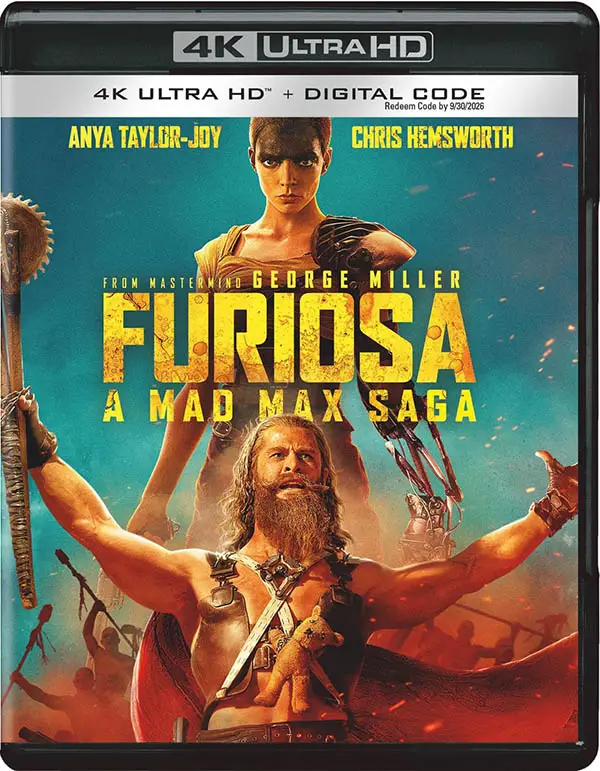

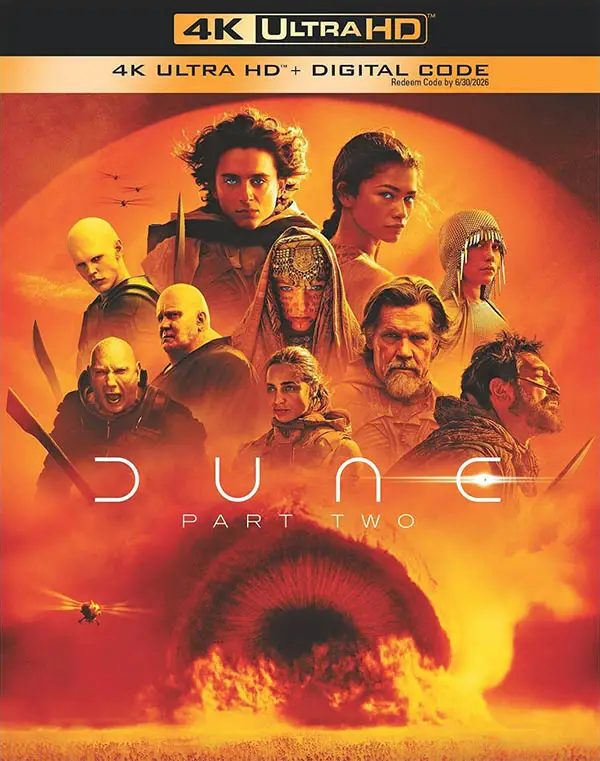
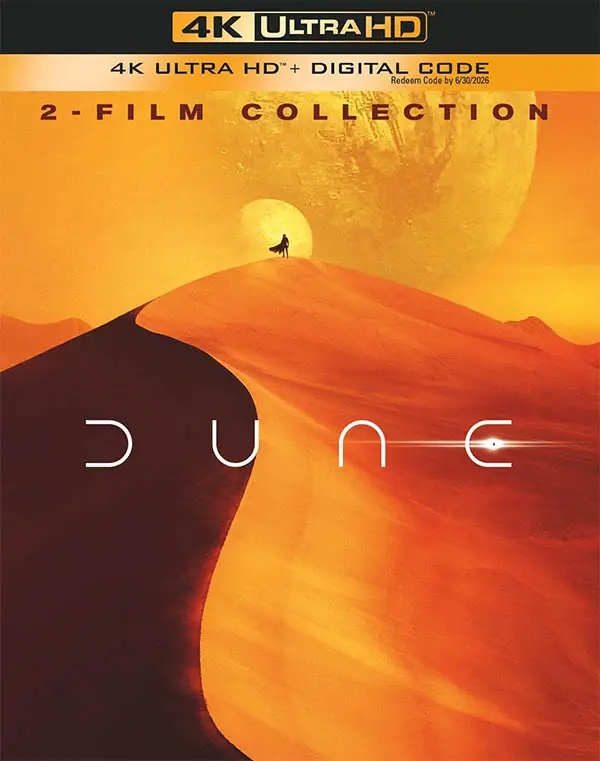

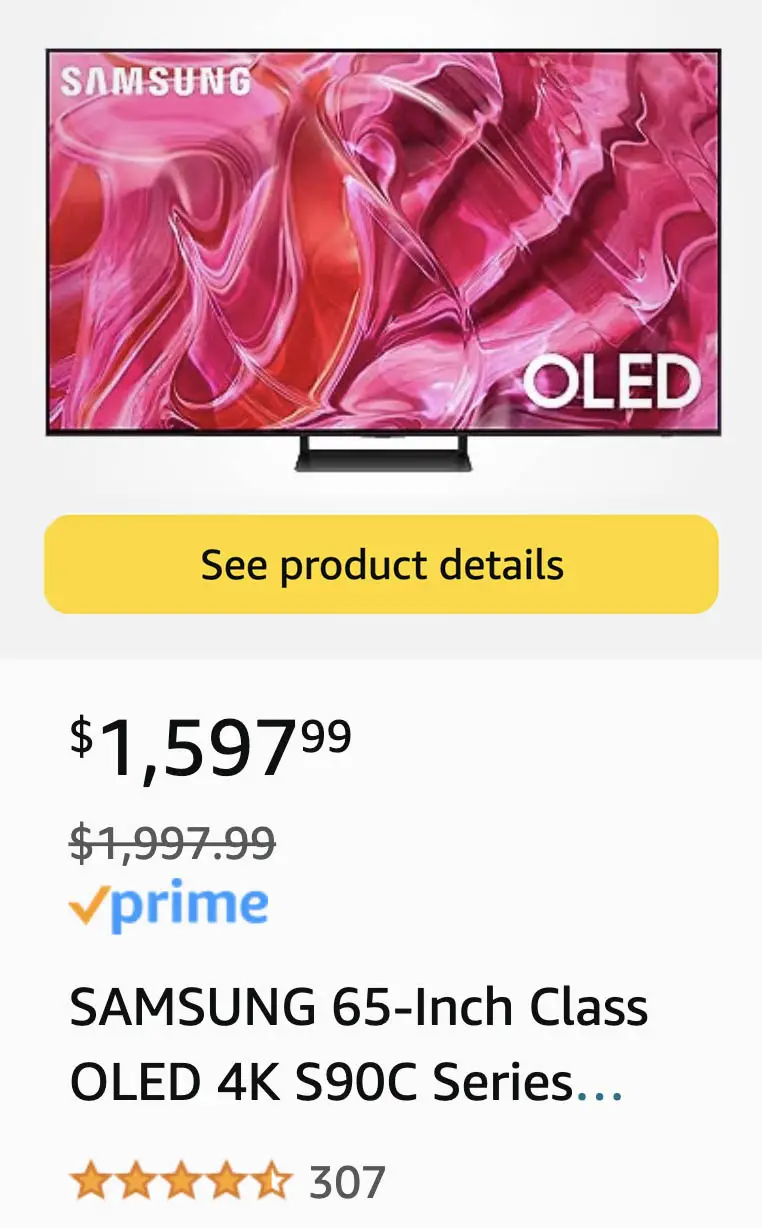
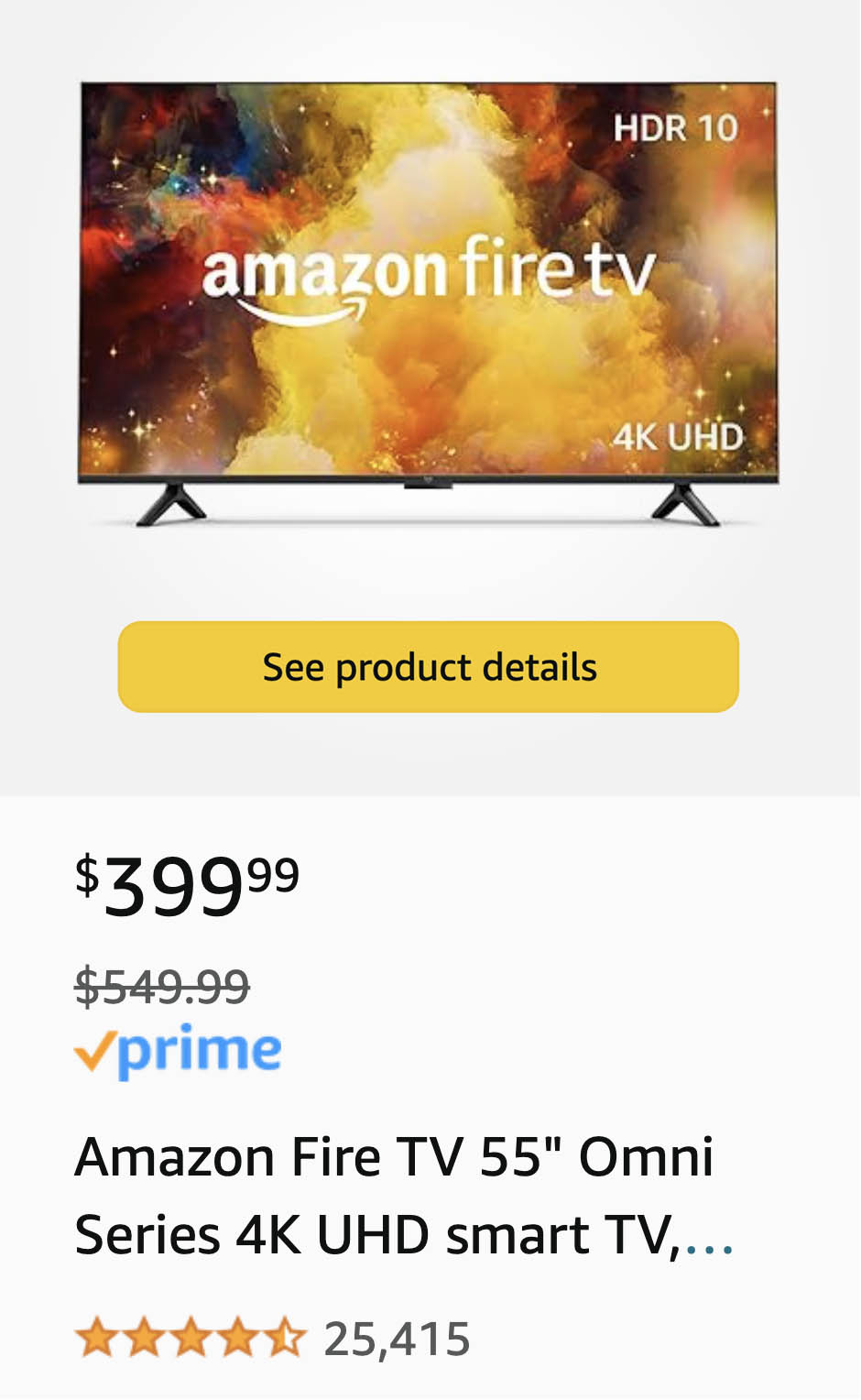




maybe all Disney and all sci fi and all action and all horror have all extended cut’s dvd’s and 4k blu ray extended cut’s